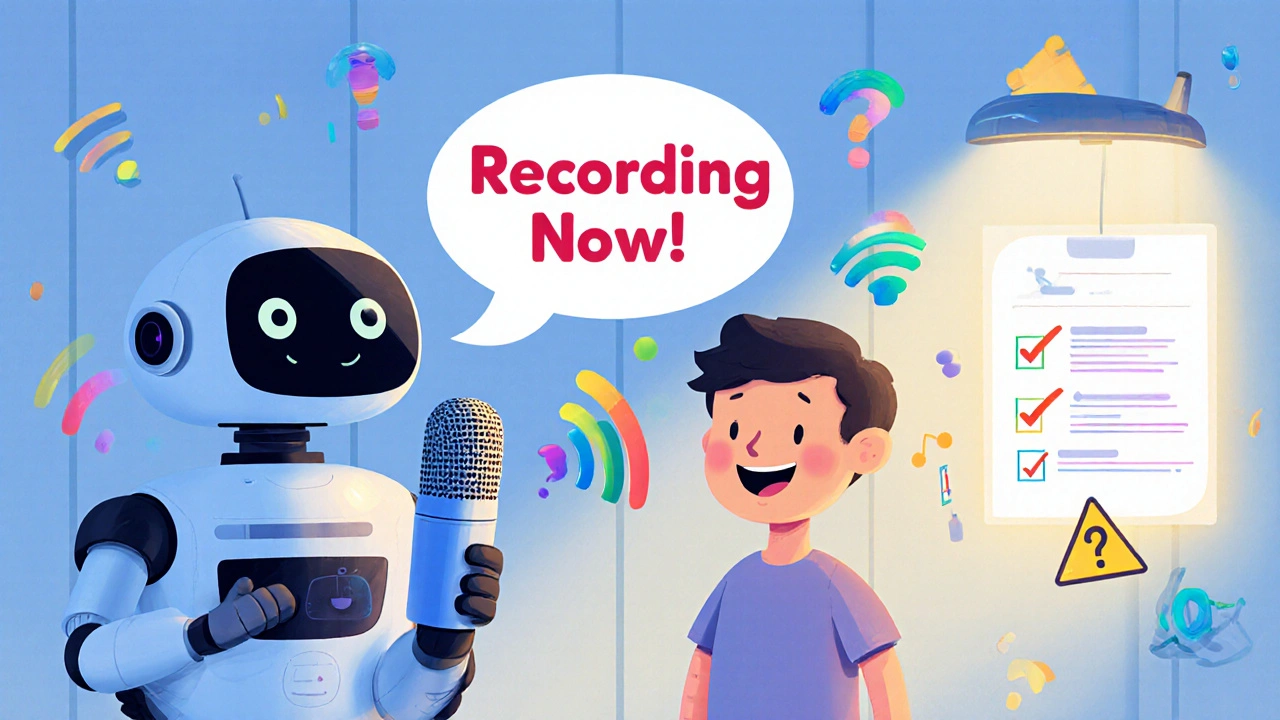Call Recording Software: What It Is, How It Works, and What You Really Need
When you use call recording software, a tool that captures and stores audio from phone calls for review, training, or compliance. Also known as call logging, it’s not just about saving conversations—it’s about turning them into actionable insights. Most small businesses think it’s only for big call centers, but even a solo sales rep or a church office can use it to fix miscommunications, train new volunteers, or protect themselves from false claims.
VoIP call recording, the process of capturing calls made over internet-based phone systems is simpler than you’d expect. Unlike old landlines that needed physical tape recorders, modern VoIP systems record calls digitally right inside the software—no extra hardware. This works because VoIP turns your voice into data packets, and recording tools just intercept those packets before they leave your network. You don’t need to be a tech expert; most platforms like RingCentral, 8x8, or even free SIP-based tools let you turn recording on with a single toggle. But here’s the catch: recording isn’t magic. It only works if your system supports SIP-based audio streams, and if you’re in a two-party consent state, you need to notify callers—otherwise, you’re risking fines.
Call center analytics, the practice of using recorded calls to measure performance, identify trends, and improve customer service is where the real value kicks in. Think of it like reviewing game film in sports. If your team keeps missing the same objections, or if customers hang up right after hearing your greeting, the recordings show you exactly where to fix things. You can tag calls by outcome—like "sale closed," "complaint escalated," or "donation pledged"—and build reports that tell you which scripts work, which agents need coaching, and when your busiest hours are. It’s not about spying on staff; it’s about giving them better tools to do their jobs well.
And let’s not forget SIP recording, the technical backbone that lets recording software tap into VoIP call streams using Session Initiation Protocol. SIP is the language phones use to set up calls. If your recording tool doesn’t speak SIP correctly, you’ll get silent files, dropped audio, or calls that won’t record at all. That’s why some free tools fail in business settings—they’re built for personal use, not enterprise-grade SIP networks. Look for solutions that mention SIP trunk compatibility, media server integration, or RTP stream capture. These aren’t marketing buzzwords—they’re the bare minimum for reliable recording.
People assume call recording software is expensive or complicated. But the truth? The best tools are the ones you forget are even there—until you need them. Maybe it’s when a client says you promised something you didn’t, and you pull up the recording to clear things up. Or when a new hire listens to a top performer’s calls and picks up how to handle objections naturally. Or when you spot a pattern: 70% of calls after 4 p.m. get hung up on. That’s data you can’t get from metrics alone.
Below, you’ll find real guides on how to set up recording without breaking your budget, how to label calls so they’re actually useful, and how to avoid the legal traps most people don’t even know exist. No fluff. No theory. Just what works.
